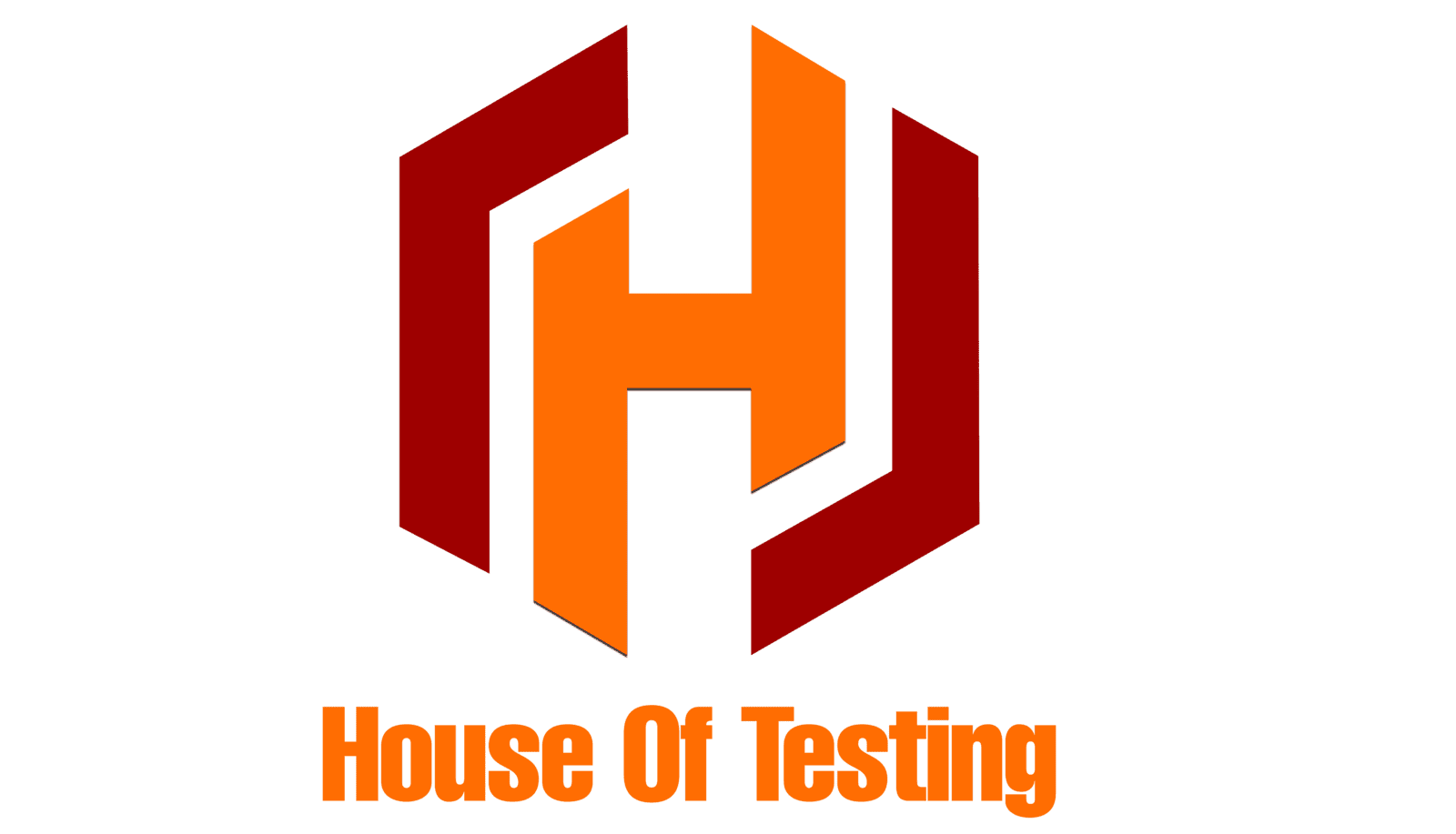Electrical & Electronic Testing
Scopes & Testing
Electrical & Electronic Testing
Electrical & Electronic Testing
Electrical and electronic testing involves the evaluation and analysis of electrical and electronic components, devices, and systems to ensure their functionality, reliability, and safety. These tests are essential for product development, quality control, and compliance with industry standards and regulations. Electrical and electronic testing can cover a wide range of applications and techniques, depending on the specific components or systems being evaluated. Some common types of electrical and electronic testing include:
- 1) Functional Testing: This involves verifying that a device or system performs its intended functions correctly. It may include checking inputs, outputs, and various operating modes.
- 2) Performance Testing: Assessing the performance of electronic components or systems under specific conditions, such as measuring signal quality, response times, and power consumption.
- 3) Power and Electrical Safety Testing: Ensuring that electrical devices and equipment meet safety standards and do not pose a risk to users. Tests may include insulation resistance, ground bond testing, and leakage current measurements.
- 4) Environmental Testing: Subjecting electronic devices to various environmental conditions (e.g., temperature, humidity, vibration) to evaluate their reliability and durability in different operating environments.
- 5) EMC/EMI Testing: Evaluating electromagnetic compatibility (EMC) and electromagnetic interference (EMI) to ensure that electronic devices do not interfere with other devices and can withstand external electromagnetic fields.
- 6) PCB Testing: Verifying the functionality and integrity of printed circuit boards (PCBs) through tests like continuity testing, netlist testing, and electrical testing of individual components.
- 7) Burn-In Testing: Subjecting electronic components to elevated temperatures and electrical stress to identify potential defects and ensure long-term reliability.
- 8) Life Cycle Testing: Assessing the durability and performance of electronic components or systems over an extended period, often through accelerated aging tests.
- 9) Power Electronics Testing: Evaluating components such as power converters, inverters, and motor drives to ensure efficient and reliable power conversion.
- 10) Automated Testing: Employing automated test equipment (ATE) and test systems to perform high-volume testing of electronic devices with consistent and repeatable results.
- 11) Digital and Analog Testing: Differentiating between digital and analog electronic components and systems, each requiring specific testing methods to verify their proper functioning.
- 12) Component Characterization: Analyzing the electrical characteristics of individual components, such as resistors, capacitors, transistors, and diodes, to ensure they meet the required specifications.
Electrical and electronic testing is critical for industries such as electronics manufacturing, telecommunications, automotive, aerospace, consumer electronics, and medical devices.
At House of Testing, we help you to identify and address defects, improve product performance, and ensure that products meet the required safety standards and customer expectations. Contact us now for more details.





